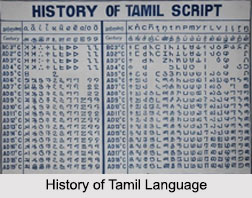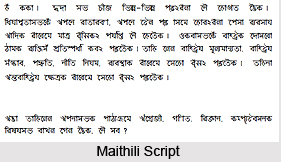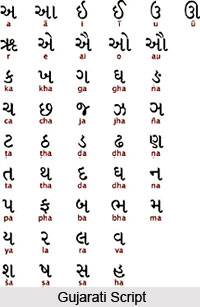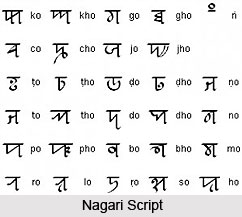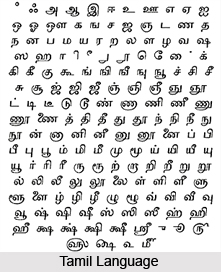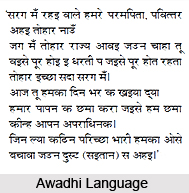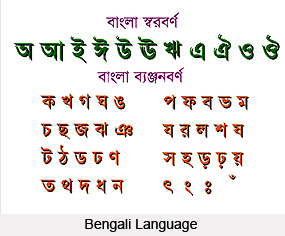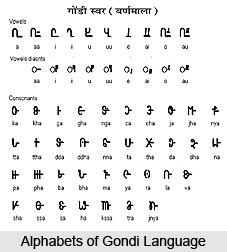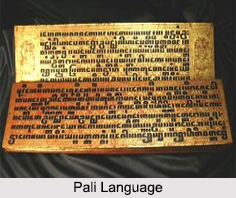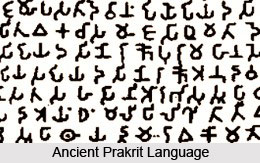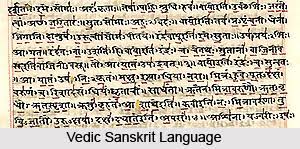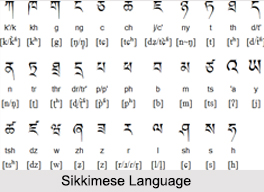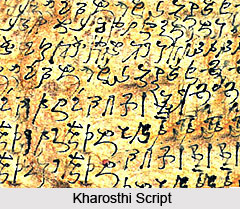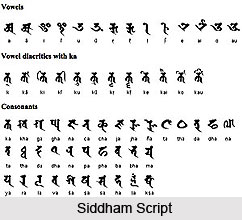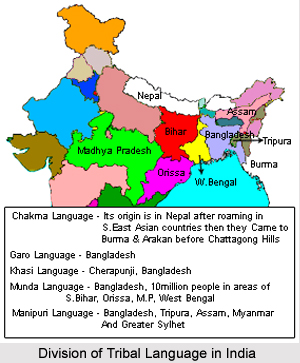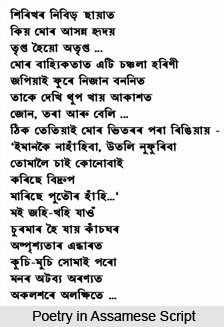Introduction
In the family of Indo - Aryan languages, Awadhi is highly popular amongst the Indians. It is spoken primarily in the Oudh region of Uttar Pradesh, popularly known as Awadh. As per the recent survey, there were 20,000,000 in Indian subcontinent while in the perspective of the whole of Indian subcontinent, it is estimated as 20,316,950.
Origin of the Awadhi Language
Awadhi traces its roots to the vast Indo-European language family, specifically falling under the Indo-Aryan branch of the Indo-Iranian group. It is classified within the East-Central zone of the Indo-Aryan dialect continuum and is commonly referred to as Eastern Hindi.
Linguistic scholars believe that Awadhi evolved from an ancient form of Ardhamagadhi Prakrit, a transitional language that exhibited characteristics of both Sauraseni and Magadhi Prakrits. This historical blend likely laid the foundation for the distinct linguistic identity Awadhi holds today.
History of Awadhi Language
Awadhi too has a lot more significance. In the contemporary period, it is only well thought-out of as a dialect of Hindi. However, it was the second most significant literary dialect of `Hindusthani` at a time when Hindi was not yet to receive the status of standard language in India.
The origin of Awadhi can be traced down from the most ancient language of Indian subcontinent, namely, Brij Bhasa. Magahi, a famous language of the eastern provinces, also molds Awadhi.
According to the experts, Awadhi has gained the recognition as the `father of modern Hindi`, Khadi boli is the father of origin Hindi dialect. The reason is interesting. ‘Hindvi’, as Hindi was previously known as, had its origin in the Lucknow. In fact, eminent scholars like Amir Khusrau, widely famous as the founder of modern ‘Hindi’, popularized it after their migration from Delhi and its suburbs. Truly Awadhi has left an indelible impact on the growth of Hindi language.
Awadhi has its similarity with two other important dialects in India, namely Bhojpuri and Bihari. However, in spite of their similarities each one of them had retained their individuality and uniqueness. This fact has been highlighted innumerable times in various commercial movies and television serials that are made in Hindi.
Awadhi Literature
Awadhi has played a significant role in shaping the literary heritage of northern India, with its presence evident in both devotional and classical texts. An important epic literature too has been written. Literautes like Tulsidaas, Malik Mohammad Jaisi had penned down masterpieces like “Raamcharitmaanas” and the “Padmawat” respectively.
Notable early works composed in Awadhi include “Satyavati” by Ishvaradas of Delhi, written during the reign of Sultan Sikander Lodi, and “Avadhabilasa” by Laladas, penned around 1700 C.E.
The Bhakti movement further elevated the literary stature of Awadhi. Revered saint-poet Kabir frequently employed the language in his teachings and verses. Though his style is often referred to as ‘pancmel khichṛi,” a linguistic blend of various dialects, the core of his poetic masterpiece, “Bijak,” is primarily written in Awadhi. This integration of spiritual depth with vernacular expression helped establish Awadhi as a powerful medium for devotional literature.
Geographical Distribution of Awadhi Speakers
However, most of the Awadhi speakers can be found in several Indian states, like Delhi, Bihar, Madhya Pradesh. Few modifications have been brought about in Awadhi, highly influenced by Brij Bhasha or Bundeli. Other states where it is widely spoken include lower Doab region, lying in the southern portion of Awadh. Kanpur and Allahabad are some of the important cities of this region where Awadhi is widely spoken. Some of the Hindi-speaking people of Eastern India, calls it "Kosali". Awadhi is quite popular in districts like Lakhimpur Kheri, Faizabad, Barabanki, Sitapur District, Hardoi, Baharaich, Gonda, Sultanpur, Pratapgarh, Unnao.

